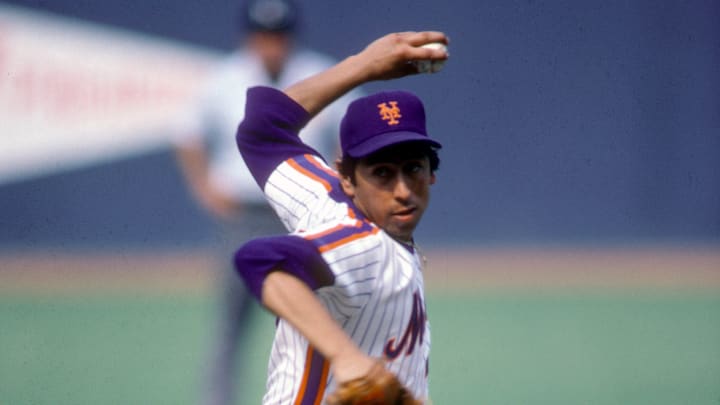In the age of social media, we all have a chance to immediate react to anything the New York Mets may or may not do. This wasn’t a luxury our forefathers and their fathers before them had. Our ancestors had to wait until they met up with some friends at the bar to talk about the trade they read in that morning’s newspaper.
The Mets have made plenty of trades which have met, exceeded, or failed to reach expectations. All three of these trades exceeded them, and I’d imagine if Twitter was around at the time, fans would have been surprised to see how well each turned out.
It took a little bit of time for each to payoff. When they did, it was an obvious victory for the Mets.
1) NY Mets traded Jerry Koosman for Jesse Orosco
One of the strangest coincidences in sports history has to be Jerry Koosman getting traded for Jesse Orosco. Each man threw the final pitch of a Mets World Series win. I can’t imagine any other team has had this happen.
On December 8, 1978, the Mets continued to gut the roster when they traded longtime starter Koosman to the Minnesota Twins for Greg Field and a player to be named later. Orosco would become the PTBNL in the deal.
While the Mets continued to struggle, Koosman went out and won 20 games for Minnesota in his first season. He’d pitch until 1985 and would surely have been able to offer the Mets some more quality seasons along the way.
The trade was still a massive success for the Mets. Tears of the fans had dried when Orosco became a major part of the team’s bullpen in 1982 after a handful of appearances in 1979 and again in 1981. In 1983, he was an All-Star with a magnificent 1.47 ERA out of the bullpen. He’d continue to finish off games regularly for the Mets throughout the decade until he was later traded to the Los Angeles Dodgers after the 1987 season.
With the Tom Seaver trade results still fresh in the minds of fans, it’s hard to believe anyone had Orosco becoming so vital to the franchise. None of the four the Mets got from the Cincinnati Reds for Seaver were ever quite as important.
